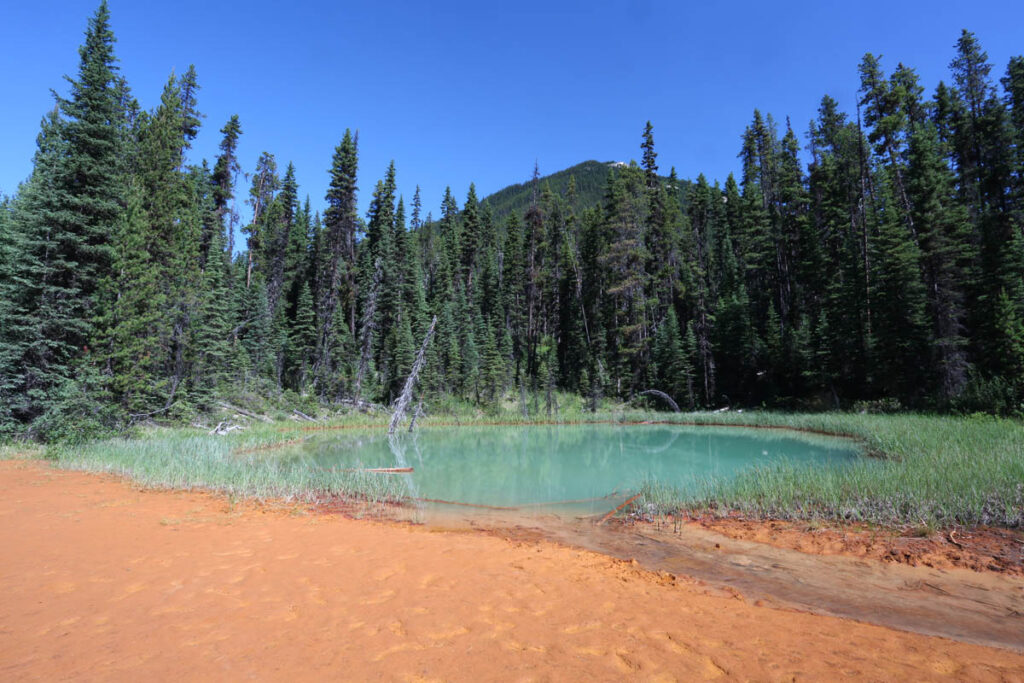Kootenay National Park History
Kootenay National Park history begins with the Kootenay people, who travelled from traditional home range in the south to enjoy the hot springs—a meeting place for mountain and Plains bands. These earliest visitors called the springs Kootemik (place of hot water). Early European visitors warped Kootemik into Kootenay and applied the name to the local residents. The natives travelled as far east as the Paint Pots area, to collect ocher for ceremonial painting purposes. In 1905 Randolph Bruce, an Invermere businessman, persuaded the Canadian government and Canadian Pacific Railway (CPR) to build a road linking the Columbia River Valley to the prairie transportation hub of Calgary so that western produce could get out to eastern markets.
Construction of the difficult Banff-Windermere Road began in 1911. But with three mountain ranges to negotiate and deep, fast-flowing rivers to cross, the money ran out after completion of only 22 kilometres (13.6 miles). To get the highway project going again, the provincial government agreed to hand over an eight-kilometre-wide (five-mile-wide) section of land along both sides of the proposed highway to the federal government. In return, the federal government agreed to finance completion of the highway. Originally called the Highway Park, the land became known as Kootenay National Park in 1920. The highway was finally completed in 1922, and the official ribbon-cutting ceremony was held at Kootenay Crossing in 1923; a plaque marks the spot.

The Kootenay people have visited the Paint Pots for thousands of years.
